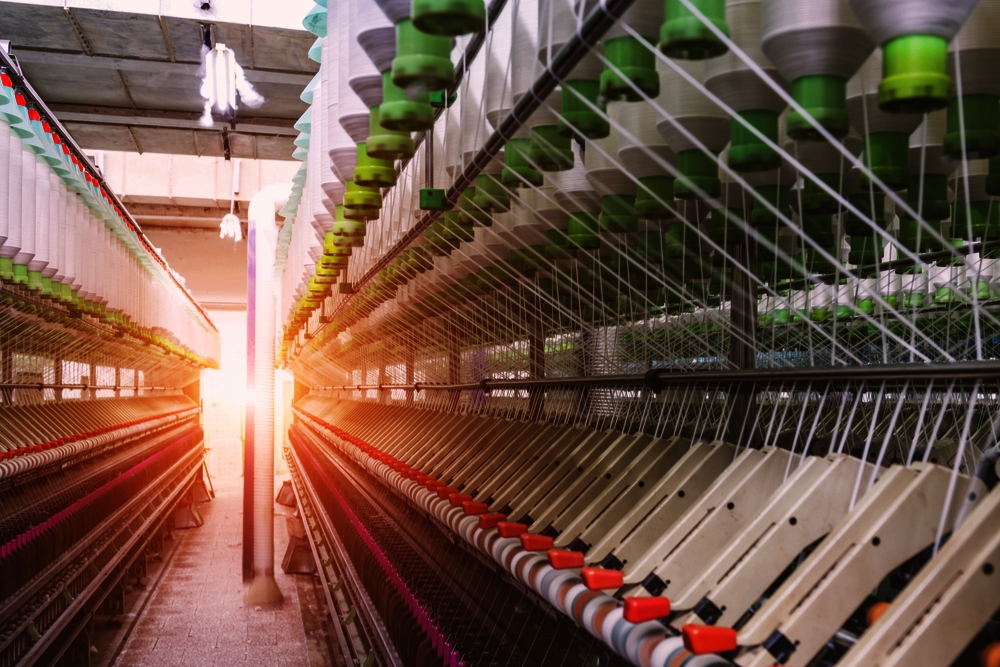How Nanotechnology is Impacting Printable and Functional Inks

The areas of printable inks and functional inks, i.e. those which provide a specific property such as electrical conductivity, do crossover. However, an ink can be printable and not deemed to be necessarily functional, and an ink which contains a material that provides a specific functionality to the ink may not necessarily be printable; it may be deposited or coated onto a substrate. However, there are some inks which are highly functional, contain specific materials that enable this functionality to be realised, and are printable by various methods.
Various nanomaterials can now be formulated into ink forms. Inks contain various filler materials, and by removing a small weight percentage of filler materials, it enables a small concentration of nanomaterials to be formulated within an ink, and the incorporation of nanomaterials can bring a lot of benefits to the ink.
Ink formulations are not without their challenges at the best of times, with the main issues ensuring that any active components are uniformly dispersed; and in the case of printable inks, ensuring that they are printed uniformly across a surface without the occurrence of bumps or unprinted regions. It is safe to say that formulating nanomaterials brings a lot more challenges, especially for ensuring that the nanomaterial is uniformly dispersed, and therefore, the functional properties that the nanomaterial(s) bring to the ink is uniform throughout the ink.
However, despite the many challenges over the years, functional and printable inks that contain nanomaterials are starting to become commercially available on a much larger scale and offer much better properties than non-nanomaterial-based inks. To date, there have been many inks formulating using nanomaterials, including various carbon-based materials such as graphene and carbon nanotubes alongside silver nanowires and metallic nanoparticles have been used. In general, the main properties that the inks gain are a higher electrical conductivity, an enhanced flexibility and greater barrier properties.
Overall, their development and use are significantly growing because of the potential use in traditional electronics, printed electronics and wearable electronics, amongst other devices such as printable solar cells.
How EU Funding is Helping to Further These Inks
As many people will be aware, the EU runs and funds many projects through the Horizon 2020 program. Whilst there are various projects that work with nanomaterials, there is also a four-year project that has been specifically looking at formulating nano-inspired functional and printable inks, scaling up the production of these inks, and has been involved with identifying novel applications and markets that these inks can be used in.
The project, which is known as INSPIRED, has brought together several partners from the UK and mainland Europe to better understand the most efficient ways to bring these to market; from scaling up of the raw nanomaterials, to implementing the various nanomaterials into inks, to checking if they are safe for use, as well as helping to bring the cost down so they are more viable from a commercial perspective. Different nanomaterial-based inks have been trialled throughout the project and have identified that the different nanomaterial ink formulations could be printed and used in copper indium gallium selenide photovoltaic (CIGS PV) cells, capacitive touch screens (CTS) and liquid crystal displays (LCD) applications.
As the project is soon to end, it will be interesting to see if there is any future development with these nanomaterial inks and whether any further funding from the EU will be allocated to develop these inks further. As for nanomaterial-based inks in general, there are a lot more companies around the world starting to offer these at a commercial level, and the production of printable and functional inks will undoubtedly grow further as nanomaterial manufacturing and formulation methods are improved and more novel markets are identified.
Written by Liam Critchely.





